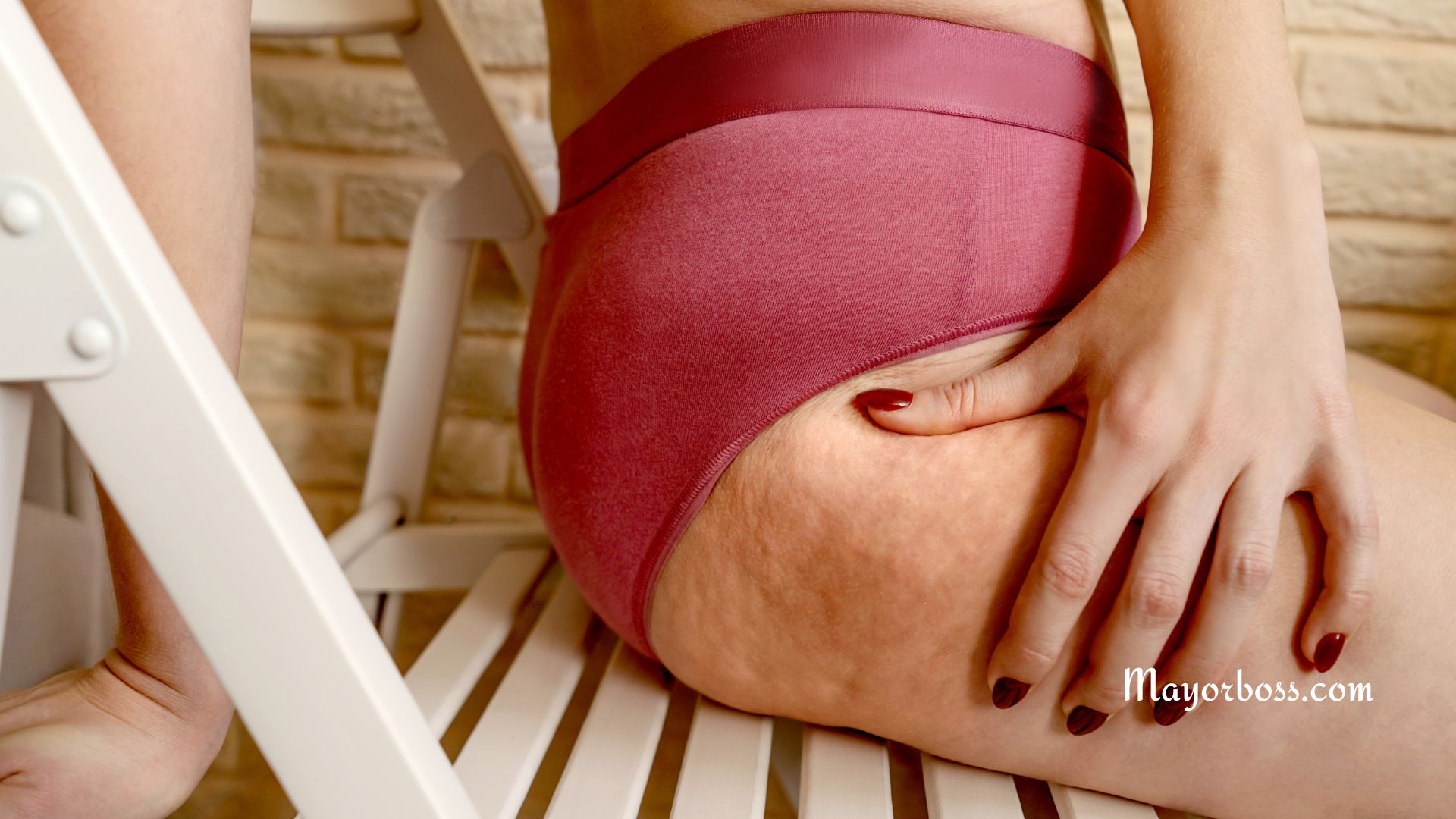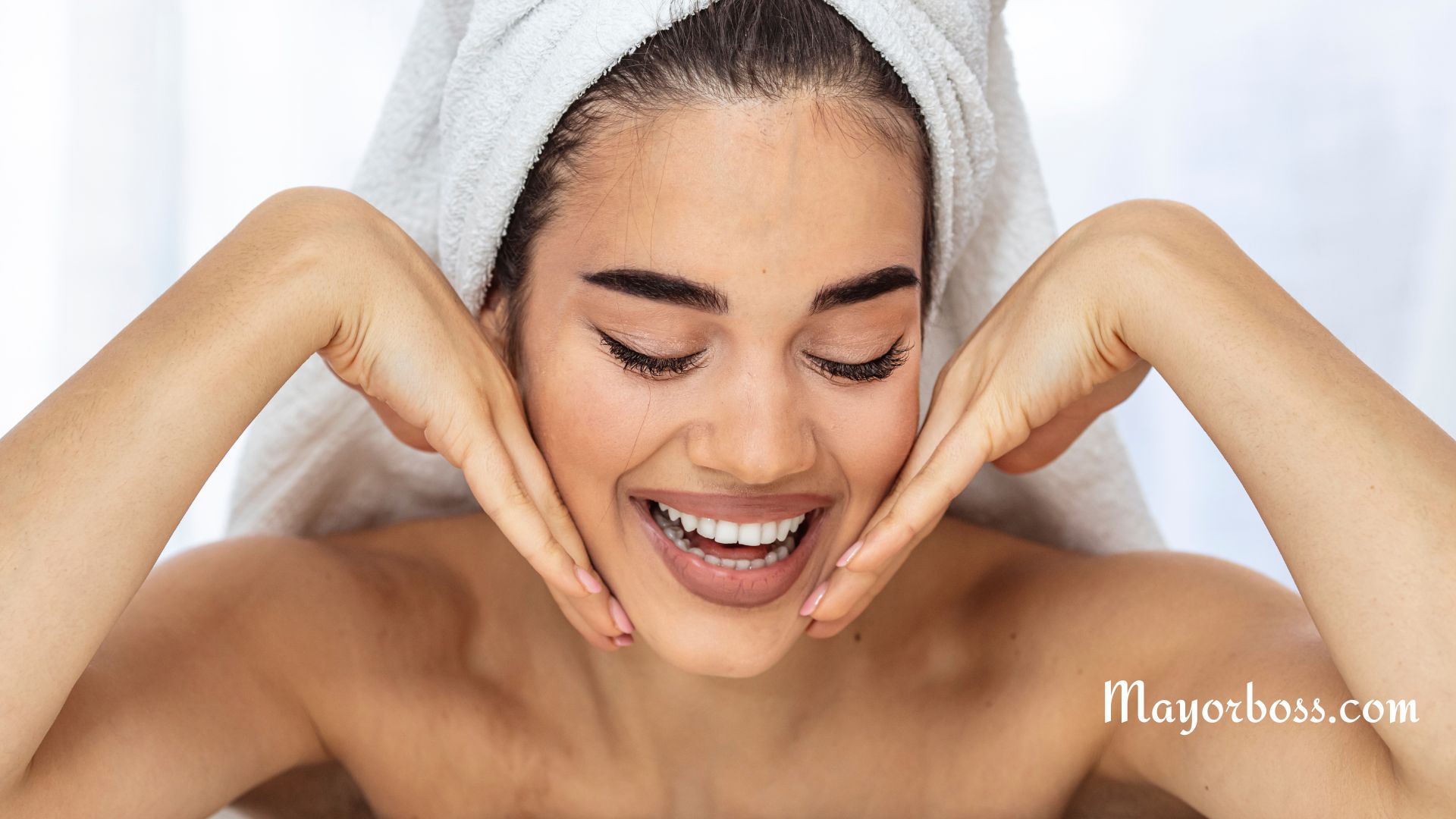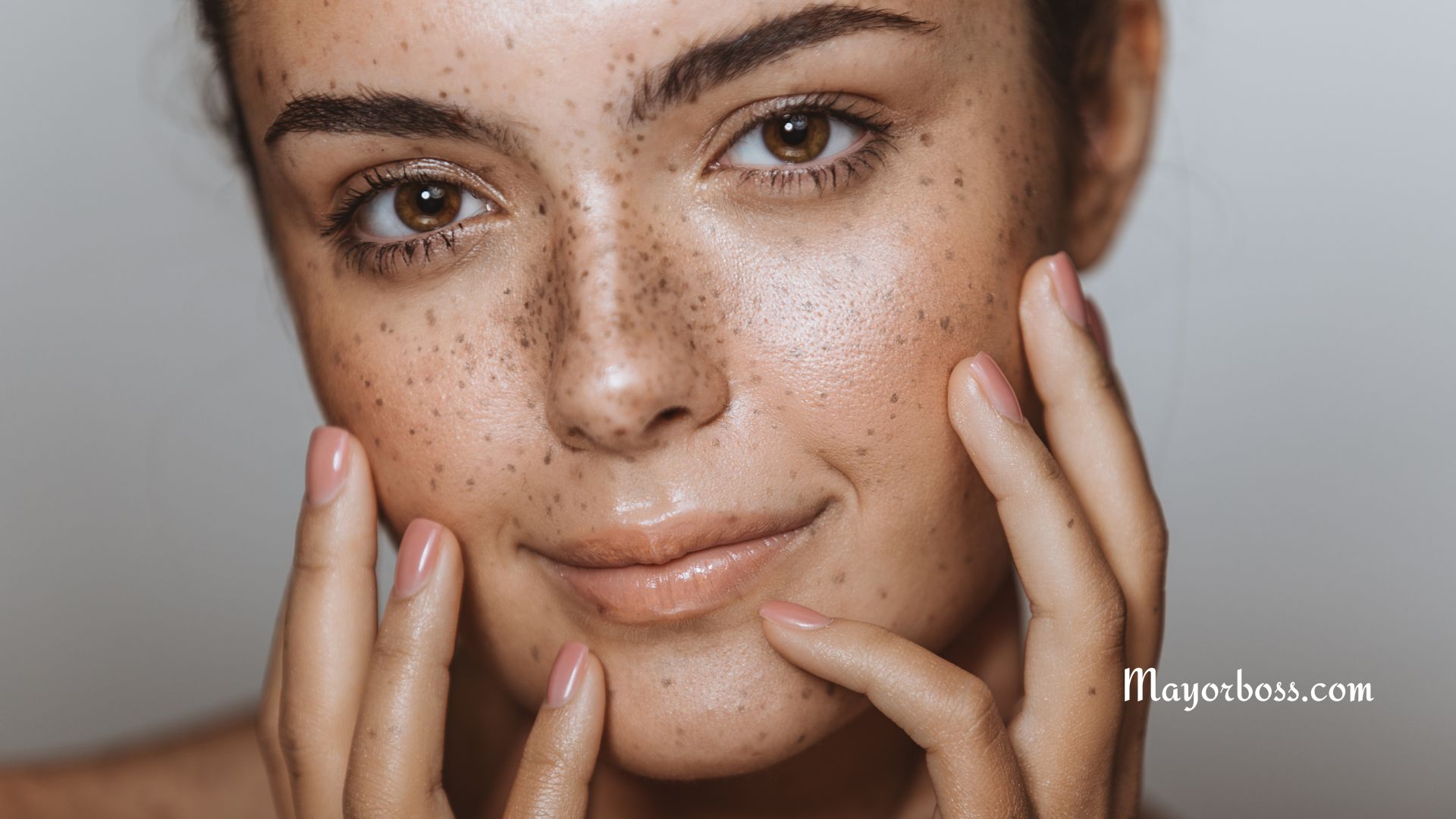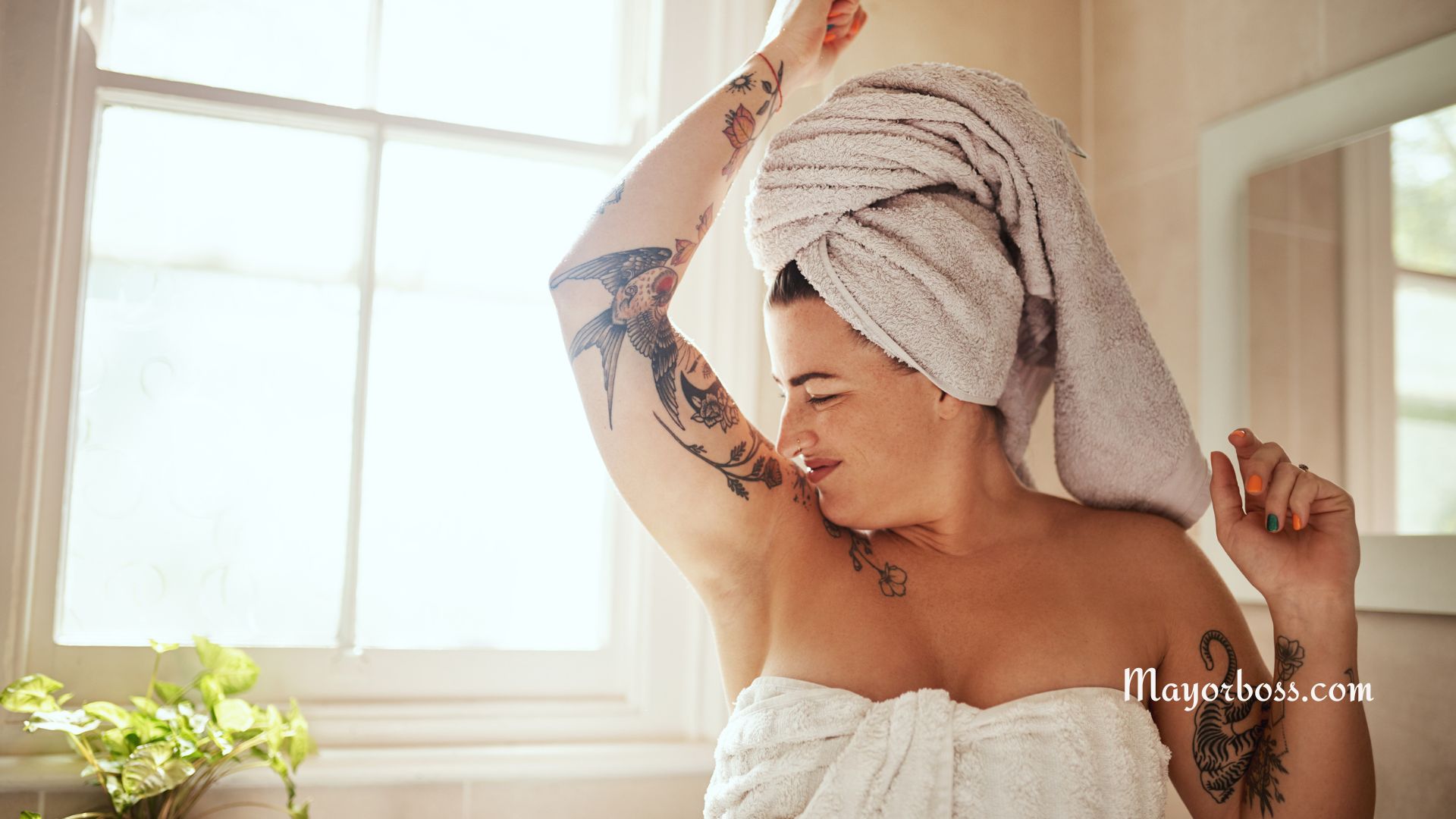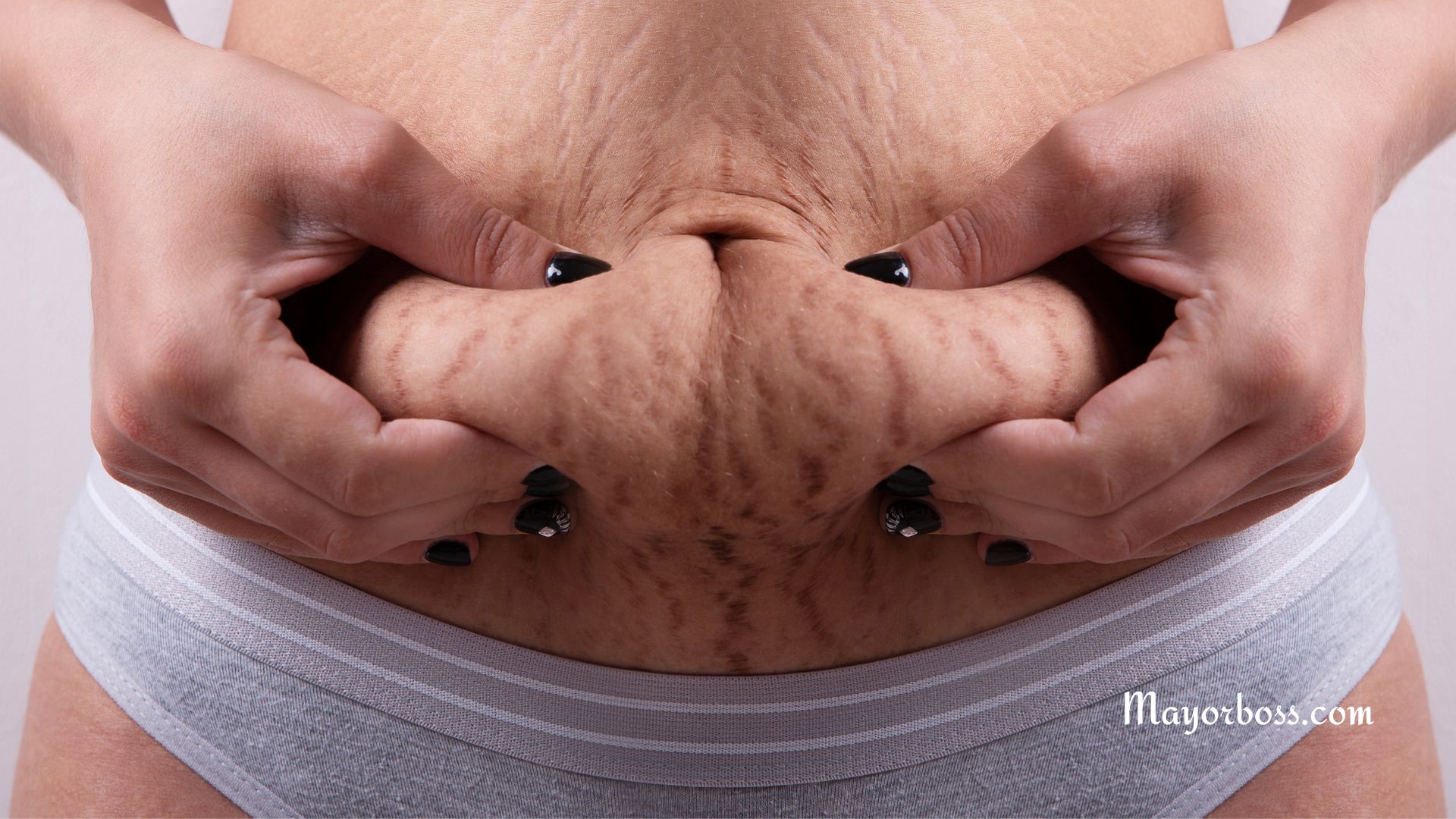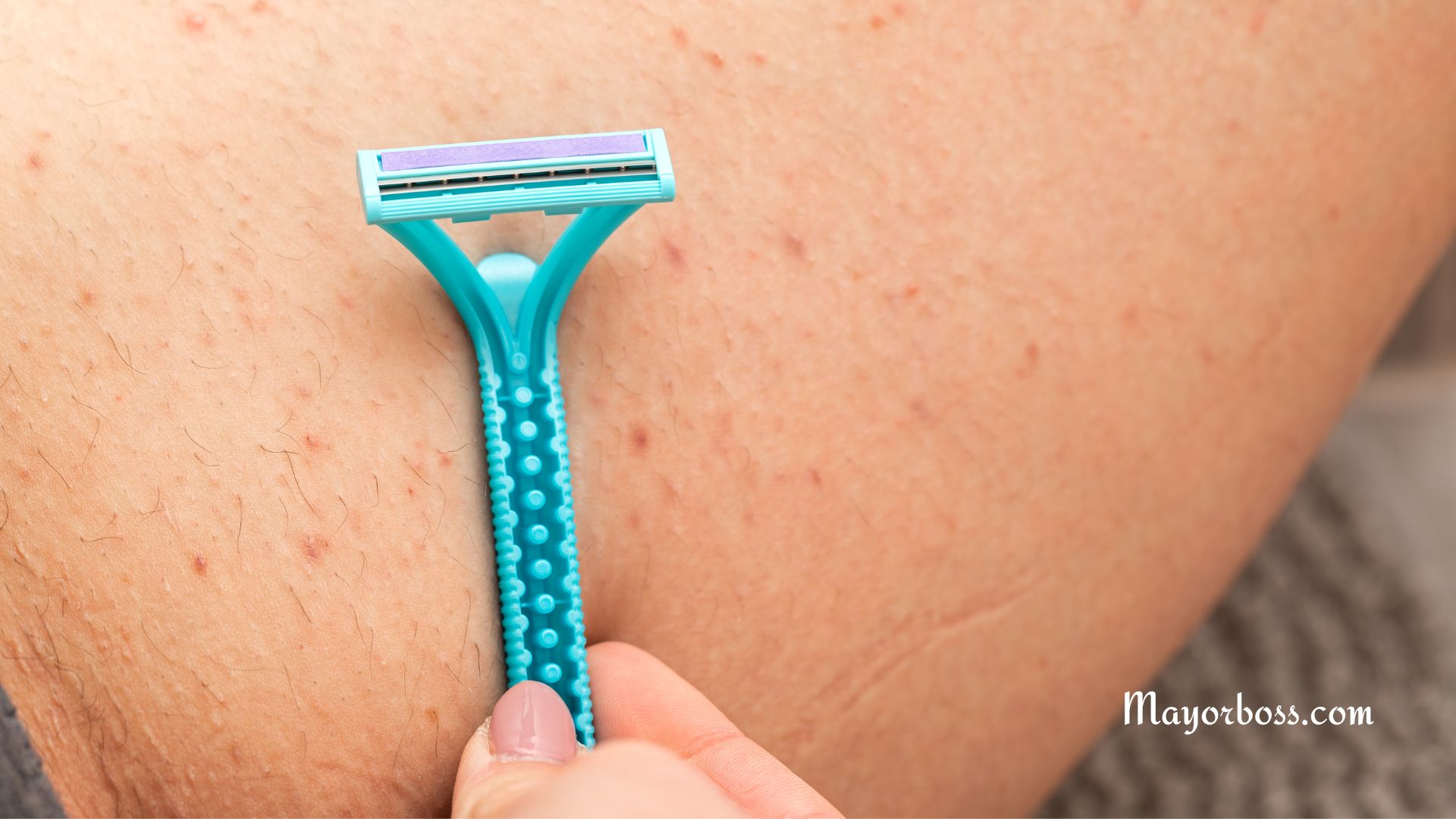How To Get Rid Of Blackheads And Whiteheads
Ever glanced in the mirror and noticed those tiny black dots on your nose? Or maybe you’ve spotted small, firm white bumps on your skin. Yes, blackheads and whiteheads are as stubborn as they are annoying. But what exactly are they? And more importantly, how can you get rid of them?
What are Blackheads and Whiteheads?
Blackheads and whiteheads, also known as comedones, are both types of acne. They form when dead skin cells, oil, and bacteria clog your hair follicles. Blackheads have an open surface and appear dark due to oxidation, while whiteheads are closed and have a white or flesh-colored appearance. They are generally found on the nose, chin, and forehead, likewise known as the T-zone.
Causes of Blackheads and Whiteheads
Generally, several factors contribute to the formation of blackheads and whiteheads, including:
- Excess oil production
- Hormonal changes
- Dead skin cells buildup
- Makeup buildup
- Certain medications
This is How to Get Rid Of Blackheads And Whiteheads
1. Maintain a Consistent Skincare Routine
Establishing a consistent skincare routine is crucial in preventing and treating blackheads and whiteheads. Cleanse your skin twice daily with a gentle, non-comedogenic cleanser. Follow up with a lightweight, oil-free moisturizer and apply sunscreen during the day.
2. Exfoliate Regularly
It’s no secret that exfoliating your skin helps remove dead skin cells, which can contribute to clogged pores. Opt for a gentle, chemical exfoliant containing alpha-hydroxy acids (AHAs) or beta-hydroxy acids (BHAs), like glycolic acid or salicylic acid, respectively. Use an exfoliant once or twice a week, depending on your skin type and sensitivity.
3. Use Topical Treatments
Over-the-counter (OTC) topical treatments containing active ingredients like benzoyl peroxide, salicylic acid, or retinoids can help unclog pores and treat blackheads and whiteheads. Also, they prevent new ones from forming. Follow the instructions on the product packaging, and apply the treatment consistently for the best results.
4. Clay Mask
Many people use a clay mask to effectively get rid of body acne and achieve clearer skin. Why? Because these masks have natural absorbent properties that help draw out impurities, excess oil, and toxins from the skin. Besides, clay masks can gently exfoliate the skin, removing stubborn dead skin cells that can clog pores and contribute to acne.
Use a clay mask, such as bentonite or kaolin clay, once or twice a week to help clear your pores. Mix the clay with water or apple cider vinegar. Apply the paste to the blackheads and whiteheads. And let it dry for 15-20 minutes before rinsing with warm water.
5. Charcoal Mask
Activated charcoal is known to bind impurities and remove them from the skin. Hence, a charcoal mask can help unclog pores and decrease the appearance of blackheads and whiteheads. Apply a pre-made charcoal mask or create your own by mixing the activated charcoal powder with water or aloe vera gel. Let the mask sit for 10-15 minutes before rinsing thoroughly.
6. Avoid Picking or Squeezing
Resist the urge to pick or squeeze blackheads and whiteheads, as this can cause inflammation, infection, and scarring. Instead, consult a dermatologist or licensed esthetician for professional extraction if necessary.
Home Remedies for Blackheads and Whiteheads
While over-the-counter and prescription treatments can be effective in treating blackheads and whiteheads, some people prefer to try natural home remedies. Here are some popular home remedies to help you manage and prevent blackheads and whiteheads:
1. Apply Tea Tree Oil
Tea tree oil is a powerful antiseptic known for its ability to fight acne-causing bacteria. To use tea tree oil, dilute a few drops with a carrier oil like jojoba or almond oil. Apply the mixture to your blackheads and whiteheads with a cotton ball. Leave it on for 15-20 minutes, then rinse with warm water.
3. Aloe Vera
Aloe vera is a popular natural skincare ingredient known for its soothing, antibacterial, and anti-inflammatory properties. To use aloe vera for blackheads and whiteheads, simply extract the gel from a fresh aloe leaf, apply it to the affected areas, and leave it on for about 20 minutes before rinsing with warm water. Repeat this process daily for the best results.
2. Honey
Honey, a natural antibacterial and antioxidant, works wonders in treating blackheads and whiteheads. Apply a thin layer of raw honey to your face, focusing on the problem areas, and let it sit for 10-15 minutes before rinsing with warm water. Honey can also be mixed with other ingredients, such as cinnamon or oatmeal, to create a potent facial mask.
3. Lemon Juice
Lemon juice, rich in alpha-hydroxy acids, helps to unclog pores and exfoliate dead skin cells. To use lemon juice, dilute it with an equal part of water, apply the mixture to your face using a cotton ball, and leave it on for 10 minutes before rinsing. Be cautious if you have sensitive skin, as lemon juice can be irritating.
4. Witch Hazel
Witch hazel is an excellent natural astringent that tightens pores and reduces inflammation. Soak a cotton ball in witch hazel and apply it to your face, concentrating on areas with blackheads or whiteheads. Use witch hazel daily for improved results.
Seek Professional Help
If your blackheads and whiteheads persist despite your efforts, consult a dermatologist. They can recommend stronger prescription treatments or procedures like chemical peels, microdermabrasion, or light therapy to help improve your skin.
Frequently Asked Questions
Can I just squeeze out blackheads and whiteheads?
No, definitely not. Squeezing can push the debris deeper into your skin, leading to more noticeable pores and even scars. It’s best to use gentle methods or seek professional help.
How long does it take to see results?
Patience is essential. It can take several weeks to notice a significant improvement. Consistency with your skincare routine is crucial.
Are blackheads and whiteheads preventable?
While you can’t prevent them entirely, you can reduce their occurrence. Maintain a consistent skincare routine, choose non-comedogenic makeup and skincare products, and manage your diet to keep your skin as clear as possible.
Conclusion
Blackheads and whiteheads can be bothersome, but with a consistent skincare routine, proper exfoliation, and the use of appropriate topical treatments, you can effectively manage and prevent them. Remember to be patient, as it can take time for your skin to respond to these treatments. If you continue to struggle with blackheads and whiteheads, don’t hesitate to seek professional help from a dermatologist.
Further reading: 10 Superfoods for Oily and Acne-Prone Skin

